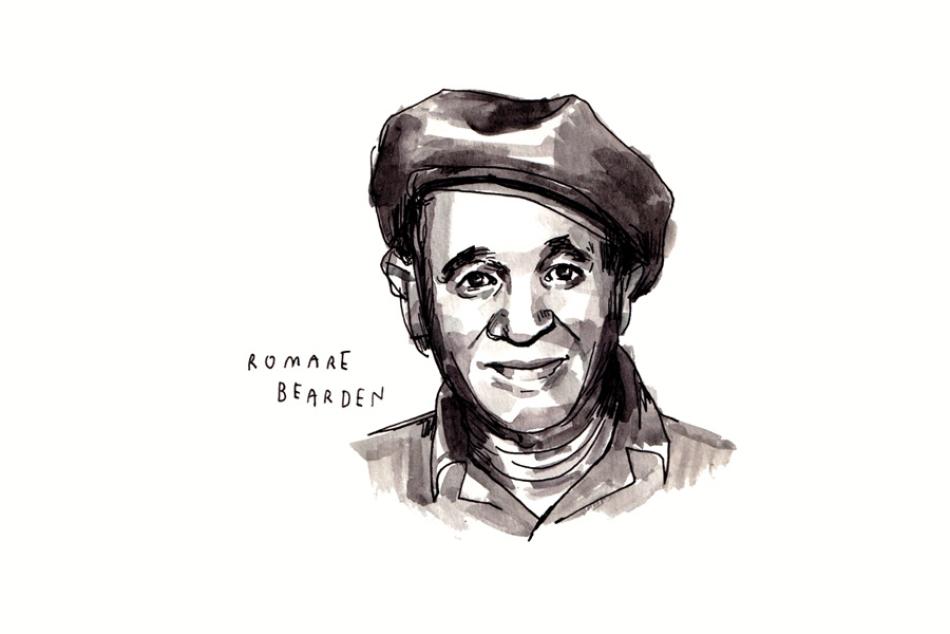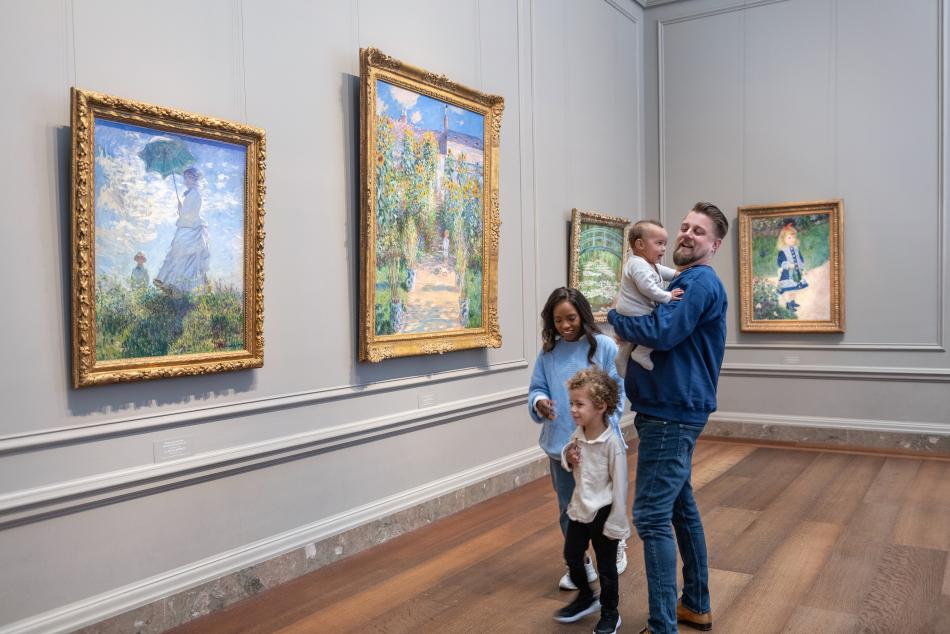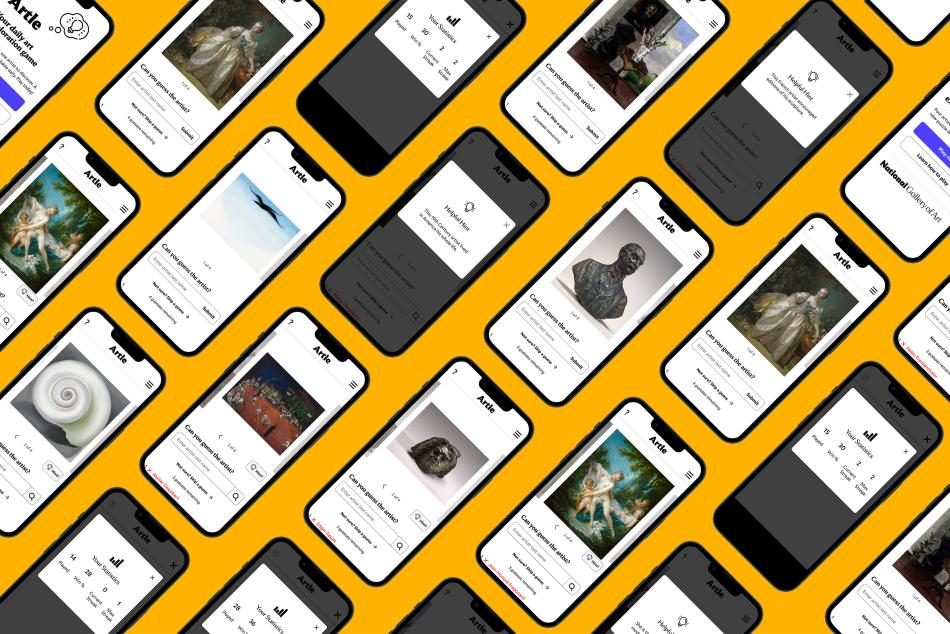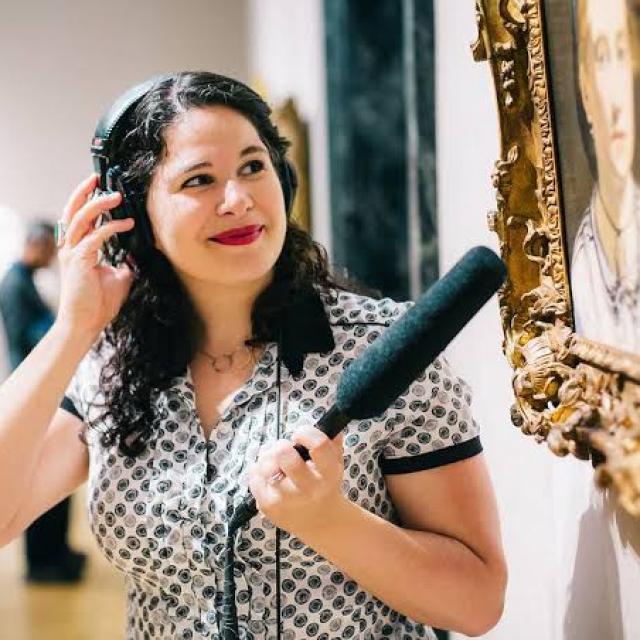In Plain Sight: You Already Belong in This Museum

As far back as I can remember, I’ve had a complicated relationship with museums.
My artist mom would take me to different exhibitions as a kid, and I’d hear my rubber-soled velcro shoes squeaking on the marble floor and echoing off the high ceilings. I’d feel the urge to shush them the way it felt like the space was shushing me.
I knew I needed to act with the appropriate reverence. And it made museums thrilling, but also a little scary. What if I didn’t behave the right way? What if I didn’t “get” the art? Would I be invited back?
These are not fears that are limited to little kids. I am now an art historian, the exact kind of person who is supposed to feel at home in an art museum. But I’m still sometimes a little intimidated. Sometimes I’m excited, and other times (can I admit this?) I’m bored. Sometimes I look for benches instead of Botticellis.
That said, I try to walk into art museums with a sense of open, not shut. This is how I approached my Visiting Storyteller residency at the National Gallery in June of 2024, where I spent a week in the museum talking to and recording as many people as I could: curators, other staff, visitors. We talked about what brought them to the museum, and what keeps them there. We talked about what makes the museum experience transcendent, and what can get in the way of that: bluntly, what makes them feel like they never learned the secret knock to access this world.

This first episode explores the stories of the people who work behind the scenes at the museum: the role they play in welcoming visitors, the stories they tell visitors to prime them for encountering the art in person, and the ways museum design can help you look.
There is no one way to experience a museum, either for the first time or the hundredth. It’s yours to own and shape. And as you’ll hear in this podcast, the tools to experience your museum are waiting for you. This space is your space. Look as long as you want.
Episode highlights

We have this amazing Calder mobile, which is the largest Calder mobile in the world, which slowly kind of rotates throughout the day. There are different wind vents that help it to continually move… I think one of the most amazing parts of the building is the light and the way that the light changes and creates shadows over the course of the day. You know, I've worked here for eight years and I don't ever really tire of that.
– Isabella Bulkeley, Senior Digital Content Writer and Producer

Social media is a great connector to people who are creative, who might not know about art history, who are interested in learning about it. We use art as a tool to connect people to humanity and remind us that art is just a conduit to the human experience.
– Sydni Myers, Social Media Manager

Somebody had walked around the galleries and asked me about what my favorite piece was. And I said, ‘Oh, have you seen this one?’ And he said, ‘I walked past. I didn't like it so much.’ I replied, ‘I wonder why?’ And he said, ‘Oh, maybe I'll go back and look at it.’ He went back upstairs and [returned] 15 minutes later and said that he loved the piece because he had gone back up to look at it more… Sometimes people just need time to connect with a piece, even if they don't understand it.
– Josh Horvath, Visitor Experience Representative

It's interesting to start at one level of what do you see or what comes to mind, and then to go beyond that level. That's really where you want to go. So often in a painting, you just ask folks, what do you see here? There are different levels of looking. And it's exciting to take people to the different levels.
– Estelle Quain, Docent

Storytellers in Residence
Storytellers can help us understand art in new ways. We invited two to spend a week at the museum and explore art that inspired them.
You may also like

Article: Calder’s Mobile Breathes Life into the East Building
See how the massive moving sculpture was made and recently reinstalled.

Article: Drawing with Scissors with Romare Bearden
Wendy MacNaughton takes us on a journey to meet the legendary Harlem artist known for his collages — and reflect on our own homes and families.



